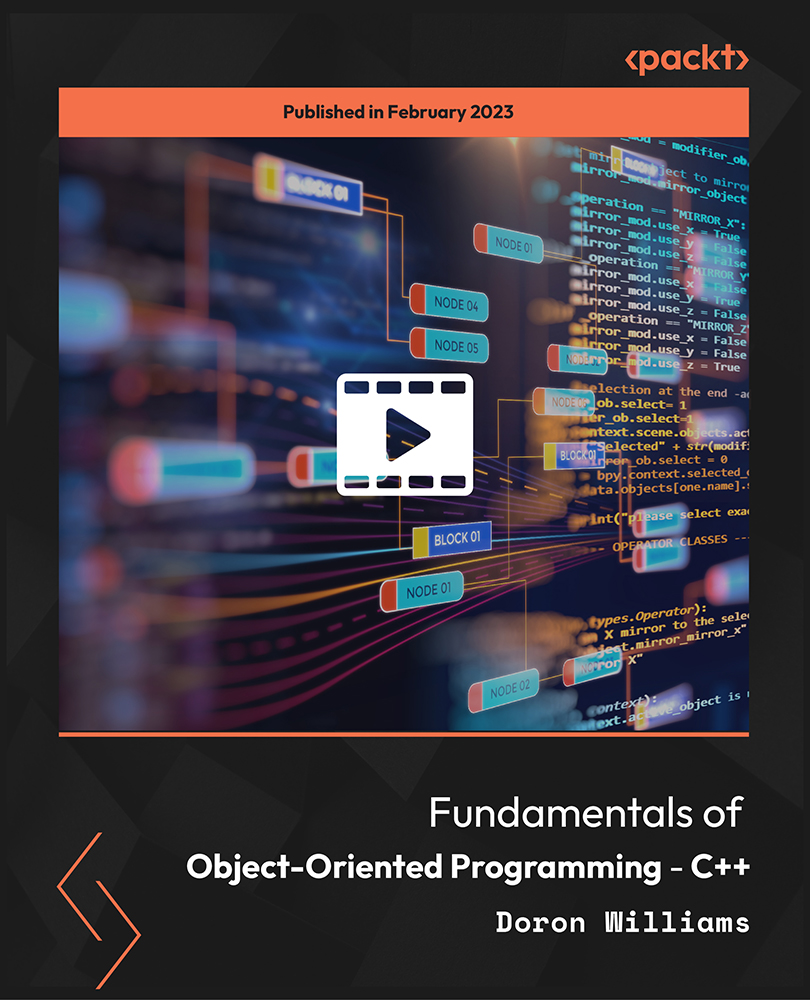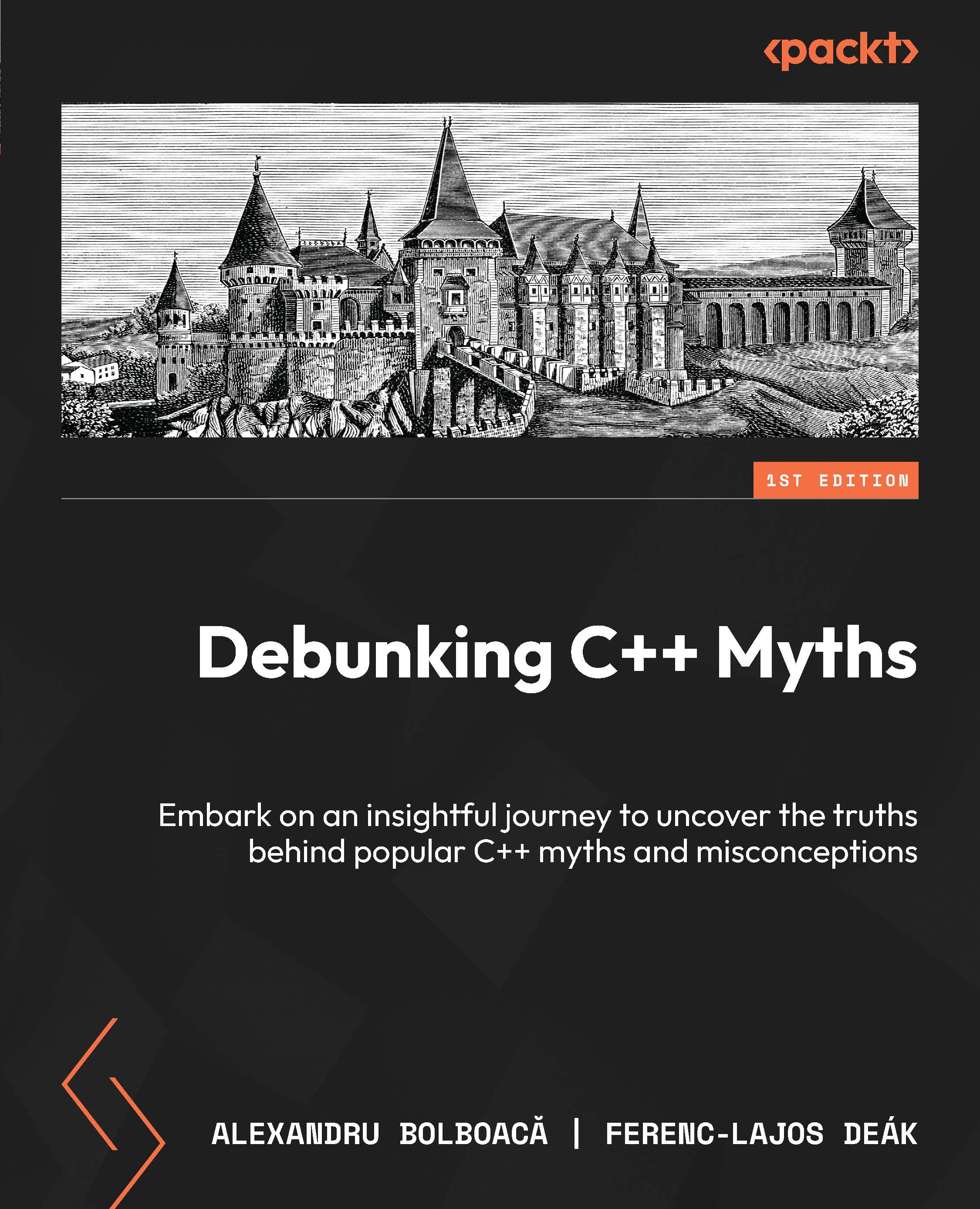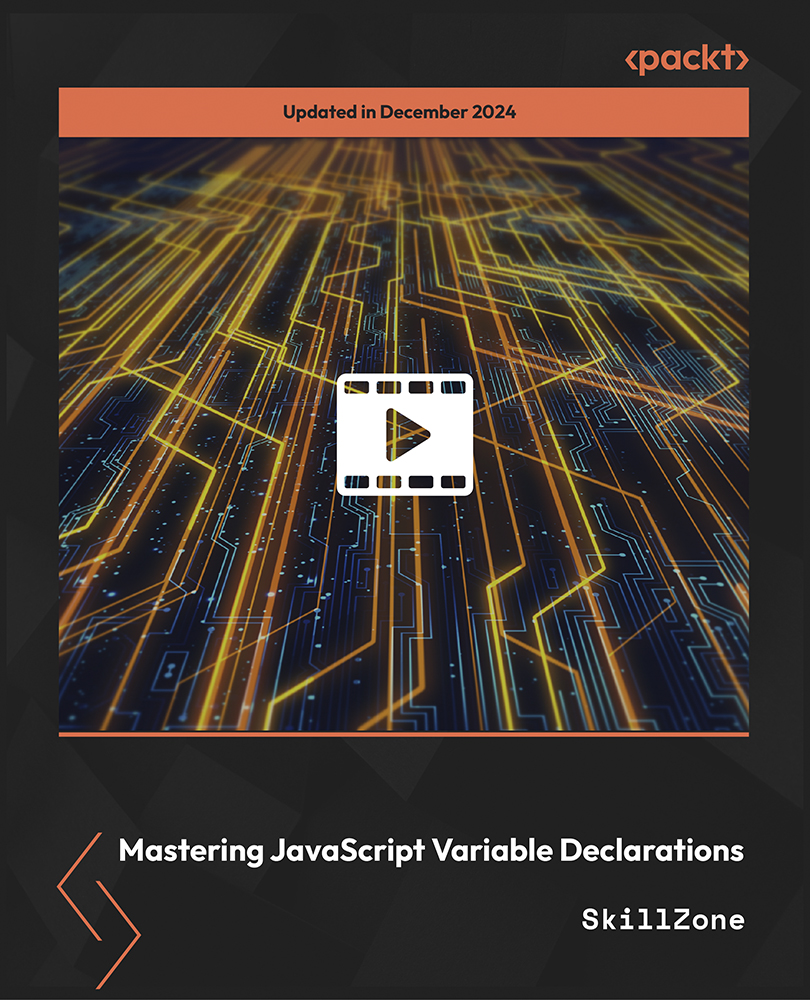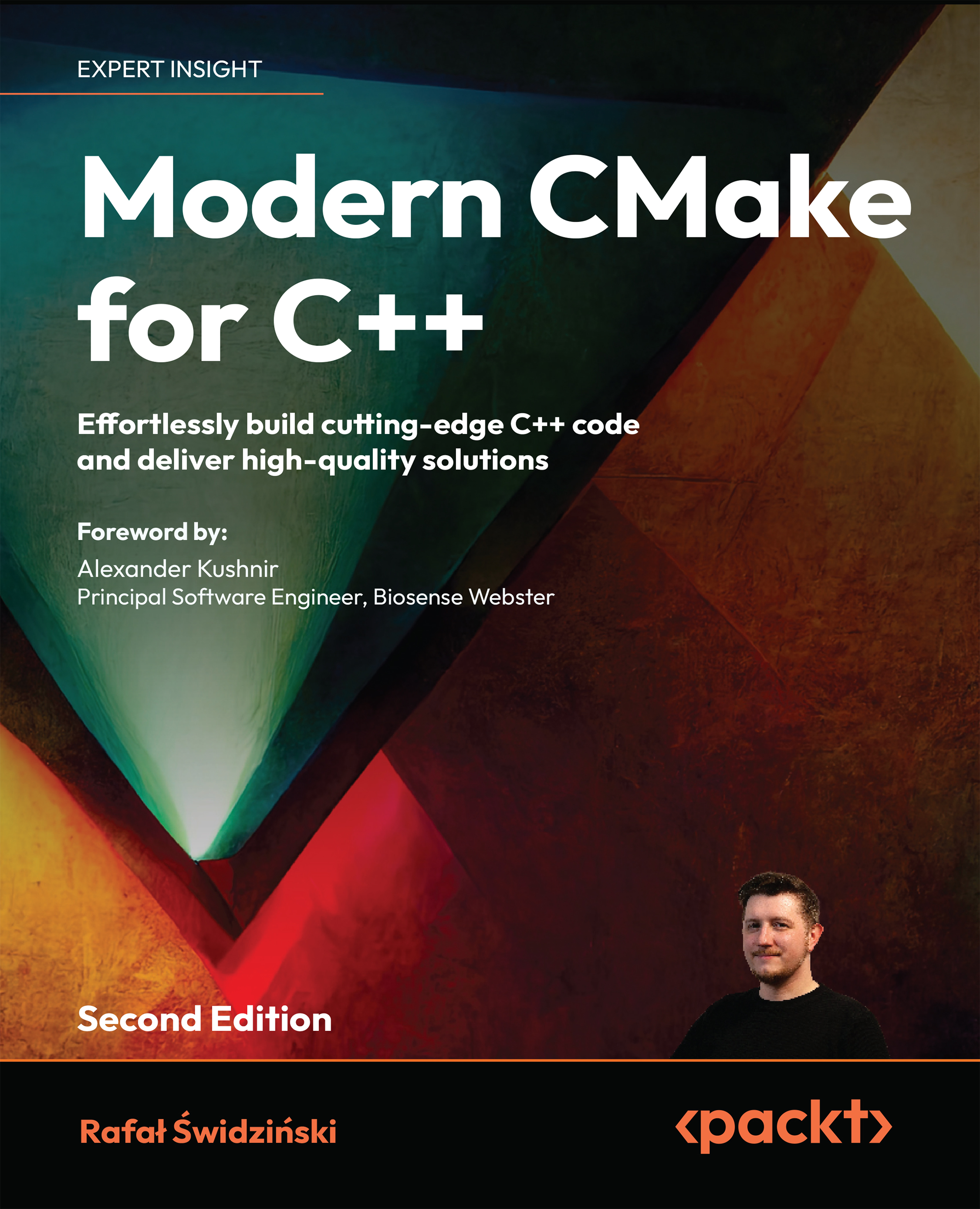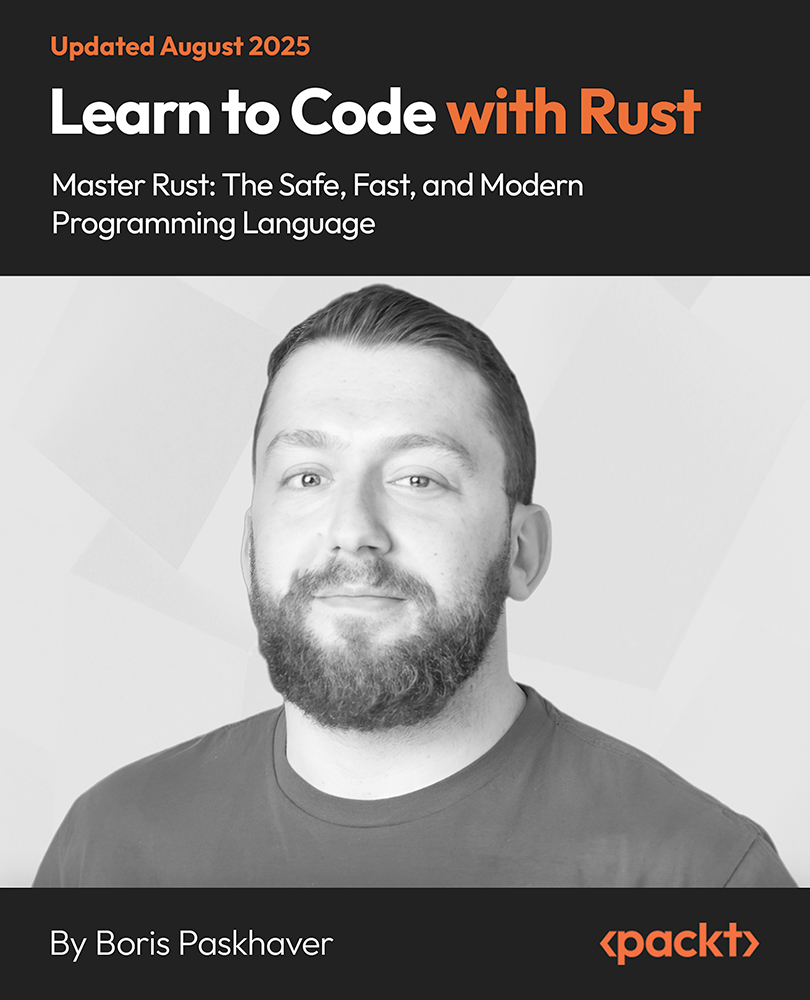Dorothy R. Kirk has specialized in object-oriented (OO) technologies since nearly their inception. She began as an early adopter of C++ at General Electric in research and development (R&D). After working on various projects, she was one of 10 charter members to start GE's Advanced Concepts Center to commercially utilize OO technologies. She later started her own OO training and consulting business, specializing in OOP using C++ and Java. She additionally programs in Python. She has developed and taught many OO courses and has clients spanning industries such as academia, finance, transportation, software, embedded systems, manufacturing, and medical imaging. She has also taught C++ and OO courses at Penn State University.
Ms. Kirk has earned a Bachelor of Science degree in Computer and Information Sciences from the University of Delaware and a Master of Science degree in Computer Science from Temple University.
Ms. Kirk is married and has two grown children; she and her family live on a horse farm in Pennsylvania.
Read more
 United States
United States
 Great Britain
Great Britain
 India
India
 Germany
Germany
 France
France
 Canada
Canada
 Russia
Russia
 Spain
Spain
 Brazil
Brazil
 Australia
Australia
 Singapore
Singapore
 Canary Islands
Canary Islands
 Hungary
Hungary
 Ukraine
Ukraine
 Luxembourg
Luxembourg
 Estonia
Estonia
 Lithuania
Lithuania
 South Korea
South Korea
 Turkey
Turkey
 Switzerland
Switzerland
 Colombia
Colombia
 Taiwan
Taiwan
 Chile
Chile
 Norway
Norway
 Ecuador
Ecuador
 Indonesia
Indonesia
 New Zealand
New Zealand
 Cyprus
Cyprus
 Denmark
Denmark
 Finland
Finland
 Poland
Poland
 Malta
Malta
 Czechia
Czechia
 Austria
Austria
 Sweden
Sweden
 Italy
Italy
 Egypt
Egypt
 Belgium
Belgium
 Portugal
Portugal
 Slovenia
Slovenia
 Ireland
Ireland
 Romania
Romania
 Greece
Greece
 Argentina
Argentina
 Netherlands
Netherlands
 Bulgaria
Bulgaria
 Latvia
Latvia
 South Africa
South Africa
 Malaysia
Malaysia
 Japan
Japan
 Slovakia
Slovakia
 Philippines
Philippines
 Mexico
Mexico
 Thailand
Thailand
![Deciphering Object-Oriented Programming with C++ [WARNING: NOT FOR USE IN OTHER MATERIAL/SEE CONTRACT]](https://content.packt.com/B19087/cover_image.jpg)


